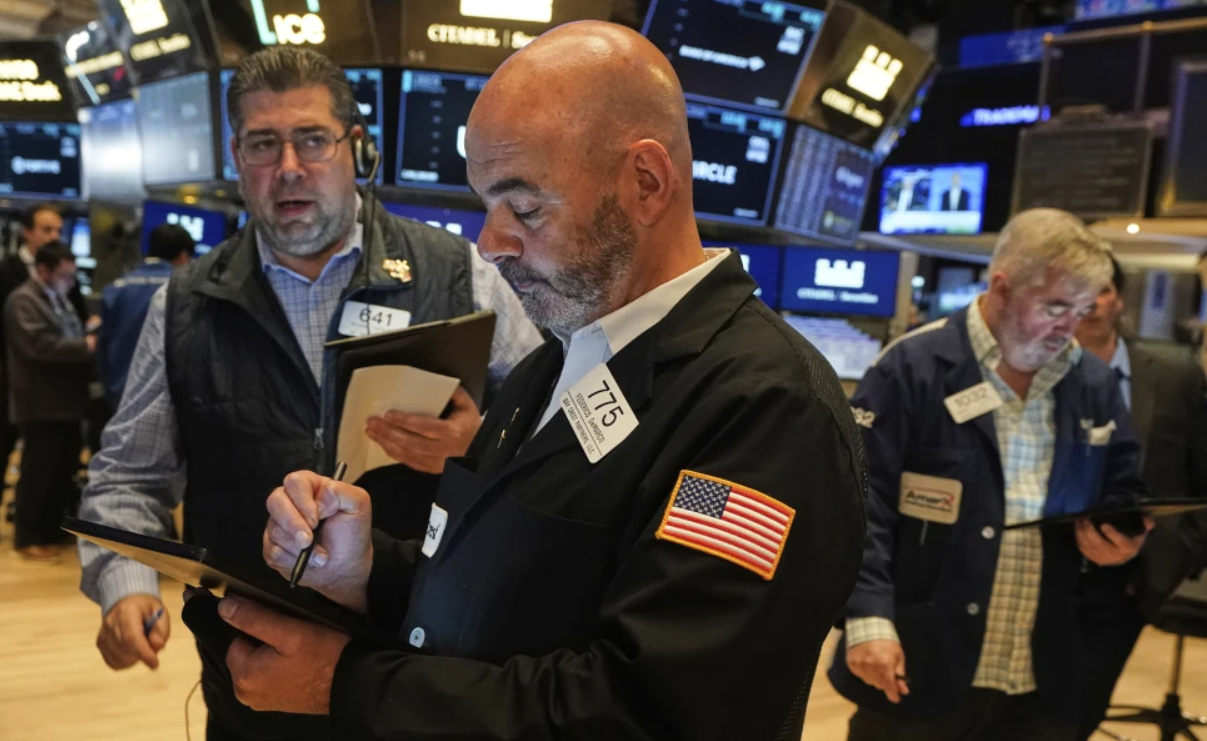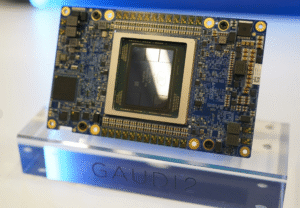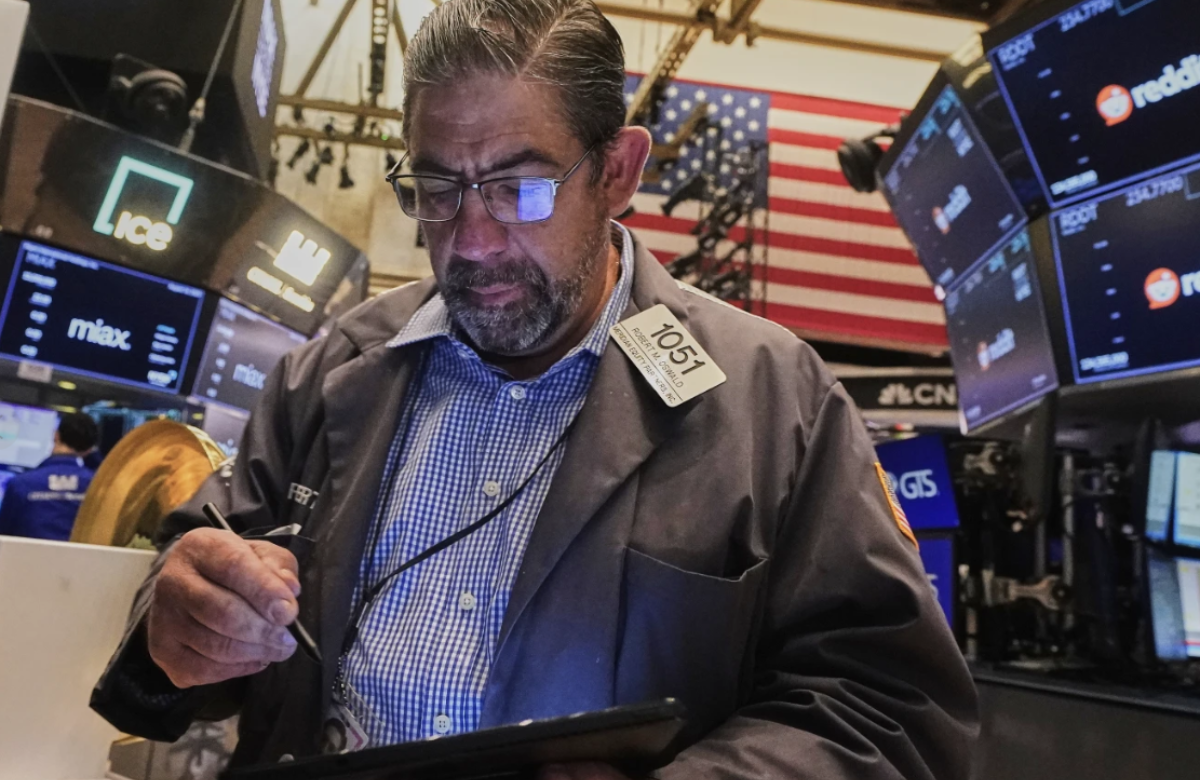Calm returned to Wall Street on Monday as U.S. stocks bounced back and oil prices fell from earlier spikes triggered by geopolitical tensions. Investors responded positively after last week’s volatility caused by Israel’s military strikes on Iranian nuclear and military targets.
The S&P 500 rose by 0.9%, nearly regaining all it lost on Friday. The Dow Jones Industrial Average climbed 317 points, or 0.8%, while the tech-heavy Nasdaq jumped 1.5%. Global markets also joined in the rally, with gains seen across Asia and Europe.
Tensions between Israel and Iran remain high, raising concerns about potential disruptions in the oil supply chain, particularly from Iran. A wider conflict in the region could reduce oil exports and raise global fuel prices. However, markets seemed to take comfort in historical patterns, where similar conflicts caused only short-lived surges in oil prices. As a result, crude prices dropped back toward $71 a barrel on Monday.
Iranian Foreign Minister Abbas Araghchi made a subtle diplomatic appeal, hinting that U.S. involvement could help de-escalate the conflict. In a social media post, he suggested that a call from Washington to Israel’s leadership might open a path back to diplomacy.
Benchmark U.S. crude fell 1.7% to $71.77 per barrel, while Brent crude, the international benchmark, declined 1.3% to $73.23. Both had jumped around 7% on Friday in response to the initial strikes.
Signs of easing fears were also visible in the gold market, where prices pulled back from recent highs. Gold, often considered a safe-haven investment, slipped 1% to $3,417.30 per ounce after Friday’s spike.
Aside from Middle East tensions, Wall Street is closely monitoring domestic economic challenges, including ongoing concerns about tariffs. President Donald Trump’s tariff policies continue to weigh on market sentiment, as they risk slowing economic growth and raising inflation unless new trade agreements reduce import taxes.
U.S. officials are meeting this week with representatives from the world’s six other major economies in Canada for the Group of Seven summit. Trade tensions, especially regarding tariffs, are a key focus of the talks.
Attention is also on the Federal Reserve, which is scheduled to make an interest rate decision on Wednesday. Most economists and traders expect the Fed to keep rates unchanged. The central bank, cautious after cutting rates late last year, has held off on further moves amid uncertainty around how tariffs could affect inflation and growth. Inflation remains near the Fed’s 2% target.
Markets will be watching not just the Fed’s decision, but also its updated projections for the economy and interest rates. Analysts at Bank of America expect the Fed’s forecast to show only one rate cut this year, with possibly three more coming in 2026.
In the bond market, the 10-year Treasury yield rose to 4.45% from 4.41% at the end of last week.
Among individual stocks, Sage Therapeutics soared 35.4% after Supernus Pharmaceuticals announced plans to acquire the company in a deal potentially worth $795 million, or $12 per share, based on meeting certain conditions.
U.S. Steel gained 5.1% following President Trump’s signing of an executive order that clears the path for Japan’s Nippon Steel to invest in the company. Under the deal, Trump would have a degree of influence over U.S. Steel’s operations.
Those gains helped balance out declines in defense sector stocks, which had rallied sharply last week. Lockheed Martin dropped 4%, and Northrop Grumman slipped 3.7%.
By the end of trading Monday:
-
The S&P 500 rose 56.14 points to 6,033.11
-
The Dow Jones Industrial Average increased by 317.30 points to 42,515.09
-
The Nasdaq Composite climbed 294.39 points to 19,701.21
Globally, stock markets also posted gains. In Asia, Hong Kong rose 0.7% and Shanghai gained 0.3% after data showed consumer spending in China improved in May, though manufacturing and investment activity slowed.
Elsewhere in the region, South Korea’s Kospi jumped 1.8%, and Japan’s Nikkei 225 surged 1.3%, making them some of the biggest winners among global indexes.














